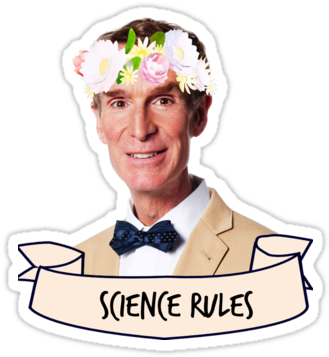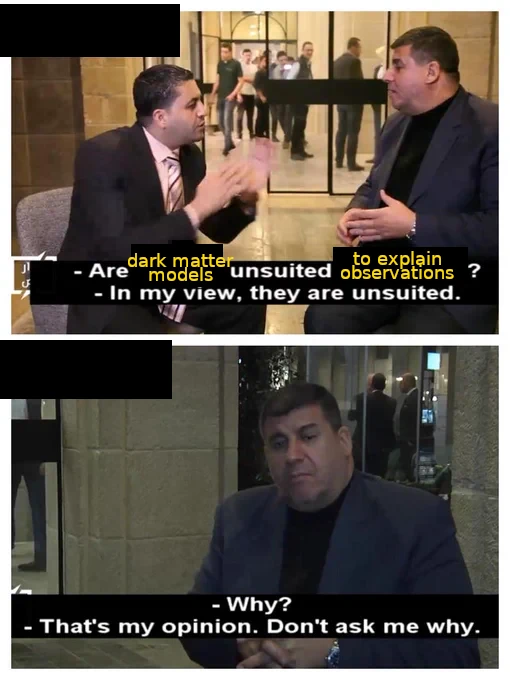this post was submitted on 08 Jan 2025
258 points (99.6% liked)
Science Memes
11945 readers
1787 users here now
Welcome to c/science_memes @ Mander.xyz!
A place for majestic STEMLORD peacocking, as well as memes about the realities of working in a lab.

Rules
- Don't throw mud. Behave like an intellectual and remember the human.
- Keep it rooted (on topic).
- No spam.
- Infographics welcome, get schooled.
This is a science community. We use the Dawkins definition of meme.
Research Committee
Other Mander Communities
Science and Research
Biology and Life Sciences
- [email protected]
- [email protected]
- [email protected]
- [email protected]
- [email protected]
- [email protected]
- [email protected]
- [email protected]
- [email protected]
- [email protected]
- [email protected]
- [email protected]
- [email protected]
- [email protected]
- [email protected]
- [email protected]
- [email protected]
- [email protected]
- [email protected]
- [email protected]
- [email protected]
- [email protected]
- [email protected]
- [email protected]
- !reptiles and [email protected]
Physical Sciences
- [email protected]
- [email protected]
- [email protected]
- [email protected]
- [email protected]
- [email protected]
- [email protected]
- [email protected]
- [email protected]
Humanities and Social Sciences
Practical and Applied Sciences
- !exercise-and [email protected]
- [email protected]
- !self [email protected]
- [email protected]
- [email protected]
- [email protected]
Memes
Miscellaneous
founded 2 years ago
MODERATORS
you are viewing a single comment's thread
view the rest of the comments
view the rest of the comments

Did the SA article come out before or after the article above? Because the JWST has been creating problems for lambda CDM. Take, for example, this Quanta Magazine article. The purport of the article is that, even though the data from the JWST seems to contradict ΛCDM, it really doesn't, if we just apply post-hoc modifications.
Why are the galaxies so bright at very high red shifts? Oh, the initial mass function was higher. Or it was super efficient star formation. Or the density of dark matter was higher in the early universe. Or the density of dark energy was higher, so the universe actually wasn't that young after all. Or a linear combination of these things, and maybe a few others, that we can fit to the data. You don't reconsider old theories in the light of new data, just apply more terms so that the old theory matches the new data.
For me, if the data starts to deviate from my model, it probably means that I need a different model